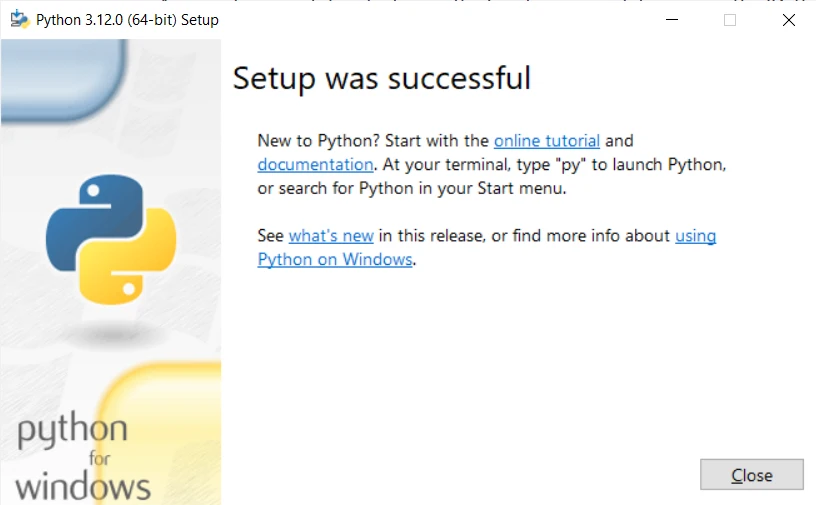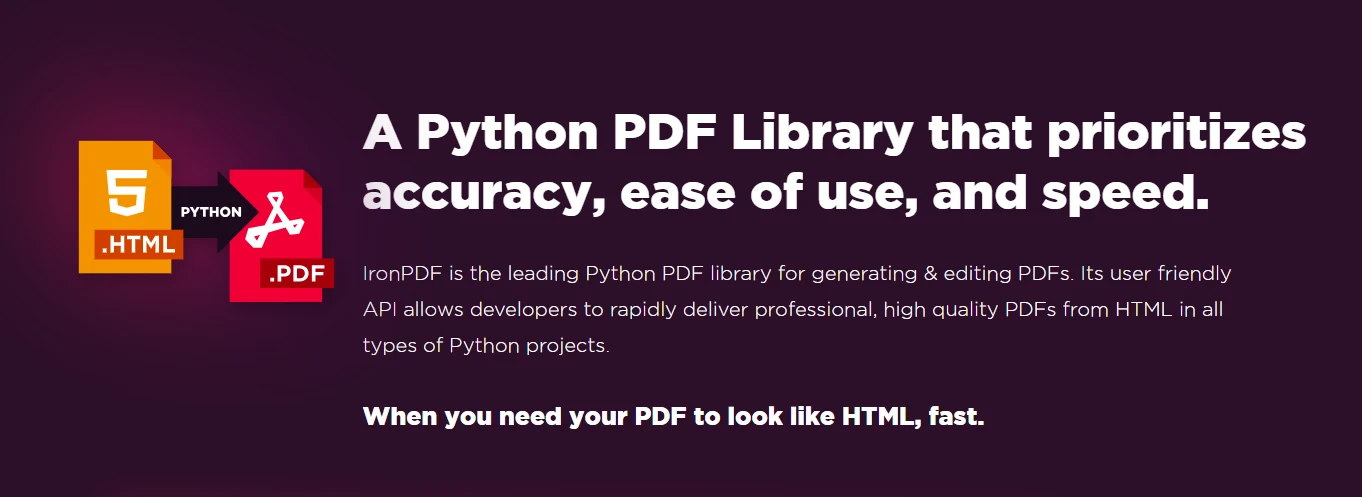Test in production without watermarks.
Works wherever you need it to.
Get 30 days of fully functional product.
Have it up and running in minutes.
Full access to our support engineering team during your product trial
Lists are fundamental data structures in Python, often used to store collections of ordered data. Finding specific elements within a list is a critical task for various tasks like data analysis, filtering, and manipulation.
Python is a versatile and powerful programming language, known for its simplicity and readability. When working with lists in Python, it makes things a lot easier than any other programming language. This article explores various methods for when using Python, find in list any element, it will offer you a comprehensive understanding of available options and their applications.
in operatorindex methodcount methodComprehension**any and all functionsCustom FunctionsFinding values in Python lists is a fundamental and frequently encountered task. Understanding and mastering the various methods like in, index, count, list comprehensions, any, all, and custom functions empowers you to efficiently locate and manipulate data within your lists, paving the way for clean and efficient code. To choose the most appropriate method based on your specific needs and the complexity of the search criteria, let's have a look at different ways of finding a given element in a list, but before that, Python needs to be installed on your system.
Installing Python is a straightforward process, and it can be done in a few simple steps. The steps may vary slightly depending on your operating system. Here, I'll provide instructions for the Windows operating system.
Download Python:
Click on the "Downloads" tab, and you'll see a button for the latest version of Python. Click on it.

Configure Python:

Install Python:

python --version or python -V. You should see the installed Python version.Python is installed, so let's move to Python list methods for finding a certain element or even removing duplicate elements after finding them.
Open the default Python IDLE installed with Python and start coding.
The simplest way to check if an element exists in a list is by using the in operator. It returns True if the element inside the list exists and False otherwise.
my_list = ["apple", "banana", "orange"]
element = "banana"
if element in my_list:
print("Element found!")
else:
print("Element not found.")index' list methodThe index method returns the first index of the specified element in the list. If the element is not found, it raises a ValueError exception.
element_index = my_list.index(element)
print(f"Element found at index: {element_index}")Syntax: The syntax for the my_list.index() method is straightforward:
my_list.index(element, start, end)Let's start with the following example to illustrate the basic usage of the list.index() method:
fruits = ['apple', 'banana', 'orange', 'grape', 'banana']
# Find the index of 'orange' in the list
index = fruits.index('orange')
print(f"The index of 'orange' is: {index}")Output:
Displays the Python list index of the current element:
The index of 'orange' is: 2ValueErrorsIt's important to note that if the specified list element is not present in the list, the list.index() method raises a ValueError. To handle this, it's recommended to use a try-except block:
fruits = ['apple', 'banana', 'orange', 'grape', 'banana']
try:
index = fruits.index('watermelon')
print(f"The index of 'watermelon' is: {index}")
except ValueError:
print("Element not found in the list.")Output:
Element not found in the list.The start and end parameters allow you to specify a range within which the search should be conducted. This is particularly useful when you know that the element exists only within a certain subset of the list:
numbers = [1, 2, 3, 4, 5, 2, 6, 7, 8]
# Find the index of the first occurrence of '2' after index 3
index = numbers.index(2, 3)
print(f"The index of '2' after index 3 is: {index}")Output:
The index of '2' after index 3 is: 5If the specified element appears multiple times in the list, the list.index() method returns the index of its first occurrence. If you need the indices of all occurrences, you can use a loop to iterate through the list:
fruits = ['apple', 'banana', 'orange', 'grape', 'banana']
# Find all indices of 'banana' in the list
indices = [i for i, x in enumerate(fruits) if x == 'banana']
print(f"The indices of 'banana' are: {indices}")Output:
The code prints as follows:
The indices of 'banana' are: [1, 4]The count() method returns the number of occurrences of the specified element in the list.
element_count = my_list.count(element)
print(f"Element appears {element_count} times in the list.")List comprehension offers a concise way to filter elements from a list based on a condition. The method iterates through each item and returns the element if present.
filtered_list = [item for item in my_list if item == element]
print(f"Filtered list containing element: {filtered_list}")The any() function checks if any element in the list satisfies a given condition. The all() function checks if all elements satisfy the condition.
any_fruit_starts_with_a = any(item.startswith("a") for item in fruits)
print(f"Does fruit start with 'a': {any_fruit_starts_with_a}")all_fruits_start_with_a = all(item.startswith("a") for item in fruits)
print(f"All fruits start with 'a': {all_fruits_start_with_a}")For complex search criteria, you can define your own function to return a value to check if an element meets the desired conditions.
def is_even(number):
return number % 2 == 0
filtered_list = list(filter(is_even, my_list))
print(f"Filtered list containing even numbers: {filtered_list}")IronPDF is a robust .NET library by Iron Software, designed for easy and flexible manipulation of PDF files in various programming environments. As part of the Iron Suite, IronPDF provides developers with powerful tools for creating, editing and extracting content from PDF documents seamlessly. With its comprehensive features and compatibility, IronPDF simplifies PDF-related tasks, offering a versatile solution for handling PDF files programmatically.

Developers can easily work with IronPDF documents using Python lists. These lists help organize and manage information extracted from PDFs, making tasks like handling text, working with tables, and creating new PDF content a breeze.
Let's incorporate a Python list operation with IronPDF extracted text. The following code demonstrates how to use the in operator to find specific text within the extracted content and then count the number of occurrences of each keyword. We can also use the list comprehension method to find complete sentences which contain the keywords:
from ironpdf import *
# Load existing PDF document
pdf = PdfDocument.FromFile("content.pdf")
# Extract text from PDF document
all_text = pdf.ExtractAllText()
# Define a list of keywords to search for in the extracted text
keywords_to_find = ["important", "information", "example"]
# Check if any of the keywords are present in the extracted text
for keyword in keywords_to_find:
if keyword in all_text:
print(f"Found '{keyword}' in the PDF content.")
else:
print(f"'{keyword}' not found in the PDF content.")
# Count the occurrences of each keyword in the extracted text
keyword_counts = {keyword: all_text.count(keyword) for keyword in keywords_to_find}
print("Keyword Counts:", keyword_counts)
# Use list comprehensions to create a filtered list of sentences containing a specific keyword
sentences_with_keyword = [sentence.strip() for sentence in all_text.split('.') if any(keyword in sentence for keyword in keywords_to_find)]
print("Sentences with Keyword:", sentences_with_keyword)
# Extract text from a specific page in the document
page_2_text = pdf.ExtractTextFromPage(1)In conclusion, the importance of efficiently finding elements in Python lists for tasks like data analysis and manipulation is immense when finding some specific details from structured data. Python presents various methods for finding elements in lists, such as using the in operator, index method, count method, list comprehensions, and any and all functions. Each method or function can be used to find a particular item in lists. Overall, mastering these techniques enhances code readability and efficiency, empowering developers to tackle diverse programming challenges in Python.
The examples above showcase how various Python list methods can be seamlessly integrated with IronPDF to enhance text extraction and analysis processes. This gives developers more options to extract the specified text from the readable PDF document.
IronPDF is free for development purposes but needs to be licensed for commercial use. It offers a free trial and can be downloaded from here.